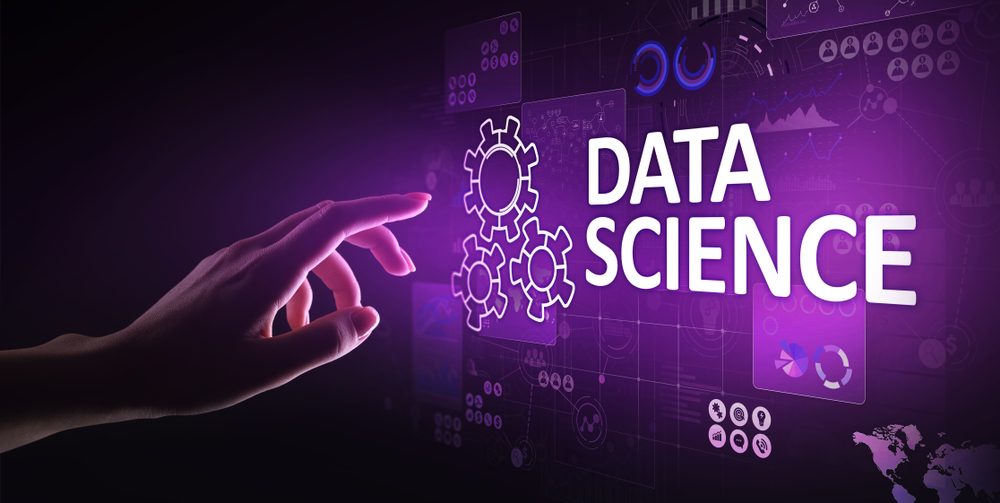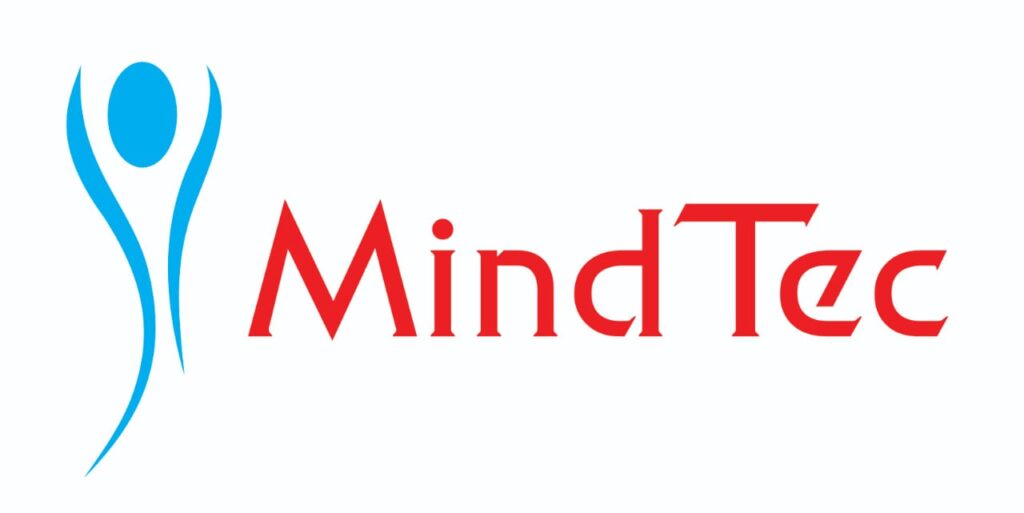
Introduction: The Data Deluge and the Rise of Data Science
In today’s hyper-connected world, we’re surrounded by an unprecedented amount of data. From your daily social media scroll to global financial transactions, data is generated every second. But raw data, on its own, is just noise.
This is where Data Science steps in – the fascinating field that transforms this mountain of raw information into valuable insights, enabling smarter decisions, predicting future trends, and even creating intelligent systems.
If you’ve heard the buzz around “Data Science” and wondered what it’s all about, you’re in the right place! This guide will demystify data science, explain its importance, and show you why it’s one of the most exciting and in-demand fields of our time.
What Exactly is Data Science? Breaking It Down.
Think of a Data Scientist as a detective, an artist, and a storyteller, all rolled into one. They use a blend of skills to:
Ask the Right Questions: Understand business problems and formulate data-driven questions.
Collect & Prepare Data: Gather data from various sources (databases, websites, sensors) and clean it up – this often takes the most time!
Analyze & Explore: Dive deep into the data to find patterns, trends, and anomalies.
Build Models: Use statistical and machine learning techniques to predict outcomes or classify information.
Communicate Insights: Translate complex findings into clear, actionable stories for decision-makers.
Essentially, Data Science is an interdisciplinary field that combines:
Statistics & Mathematics: For understanding data distributions, relationships, and model validation.
Computer Science & Programming: For manipulating large datasets, building algorithms, and deploying solutions.
Domain Expertise: Understanding the specific industry or problem being solved (e.g., healthcare, finance, marketing).
[Image Suggestion: An infographic showing the intersection of Math/Stats, Computer Science, and Domain Expertise at the center of Data Science.]
Why is Data Science So Crucial in 2025?
The impact of data science is everywhere, silently powering much of the modern world. Here’s why it’s indispensable:
Personalized Experiences: Think Netflix recommendations, Spotify playlists, or Amazon product suggestions – all driven by data science understanding your preferences.
Smarter Business Decisions: Companies use data science to optimize operations, identify market opportunities, understand customer behavior, and boost profitability.
Solving Complex Challenges: From predicting disease outbreaks and developing new drugs to optimizing traffic flow in Guntur, Data Science helps tackle real-world problems.
Innovation & Automation: It’s the backbone of Artificial Intelligence (AI), powering self-driving cars, virtual assistants, and advanced robotics.
Competitive Edge: In today’s market, businesses that leverage data effectively gain a significant advantage over competitors.
The Data Science Journey: A Step-by-Step Overview
While every project is unique, most data science initiatives follow a general lifecycle:
Business Understanding: What problem are we trying to solve? What are the goals?
Data Collection & Understanding: Where can we get the data? What does it look like?
Data Preparation: The crucial “cleaning” phase – handling missing values, fixing errors, transforming data into a usable format.
Exploratory Data Analysis (EDA): Visualizing and summarizing data to uncover initial patterns and insights.
Modeling: Choosing and applying machine learning algorithms (like regression, classification, or clustering) to build predictive or descriptive models.
Evaluation: Assessing how well the model performs and if it meets the business objectives.
Deployment & Monitoring: Putting the model into action (e.g., integrating it into an app or system) and continuously monitoring its performance over time.
[Image Suggestion: A simple flowchart or diagram illustrating the Data Science Lifecycle.]
Key Skills and Tools for Aspiring Data Scientists
Interested in diving into this field? Here are the fundamental skills and tools you’ll need:
Programming Languages:
Python: The most popular choice, thanks to powerful libraries like Pandas (for data manipulation), NumPy (for numerical operations), Matplotlib & Seaborn (for visualization), and Scikit-learn (for machine learning).
R: Excellent for statistical analysis and visualization.
SQL: Essential for interacting with databases to retrieve and manage data.
Statistics & Mathematics: A solid grasp of probability, descriptive statistics, and inferential statistics.
Machine Learning: Understanding core algorithms (e.g., Linear Regression, Logistic Regression, Decision Trees, K-Means Clustering).
Data Visualization: The ability to create clear, compelling charts and graphs to tell stories with data. Tools like Tableau, Power BI, or even Python/R libraries are key.
Communication & Storytelling: The ability to explain complex technical concepts to non-technical audiences.
Domain Knowledge: Understanding the specific industry or area you’re working in is invaluable.
The Future is Data-Driven: Trends to Watch
Data science is a rapidly evolving field. Here are some trends that are shaping its future:
Generative AI & Large Language Models (LLMs): Tools like ChatGPT and similar models are revolutionizing how we interact with data and create content. Data scientists are at the forefront of training and applying these powerful models.
Explainable AI (XAI): As models become more complex, understanding why they make certain predictions is crucial, especially in sensitive domains like healthcare or finance.
Ethical AI & Responsible Data Practices: Ensuring fairness, privacy, and accountability in AI systems is a growing focus.
MLOps (Machine Learning Operations): Streamlining the deployment, monitoring, and maintenance of machine learning models in production environments.
